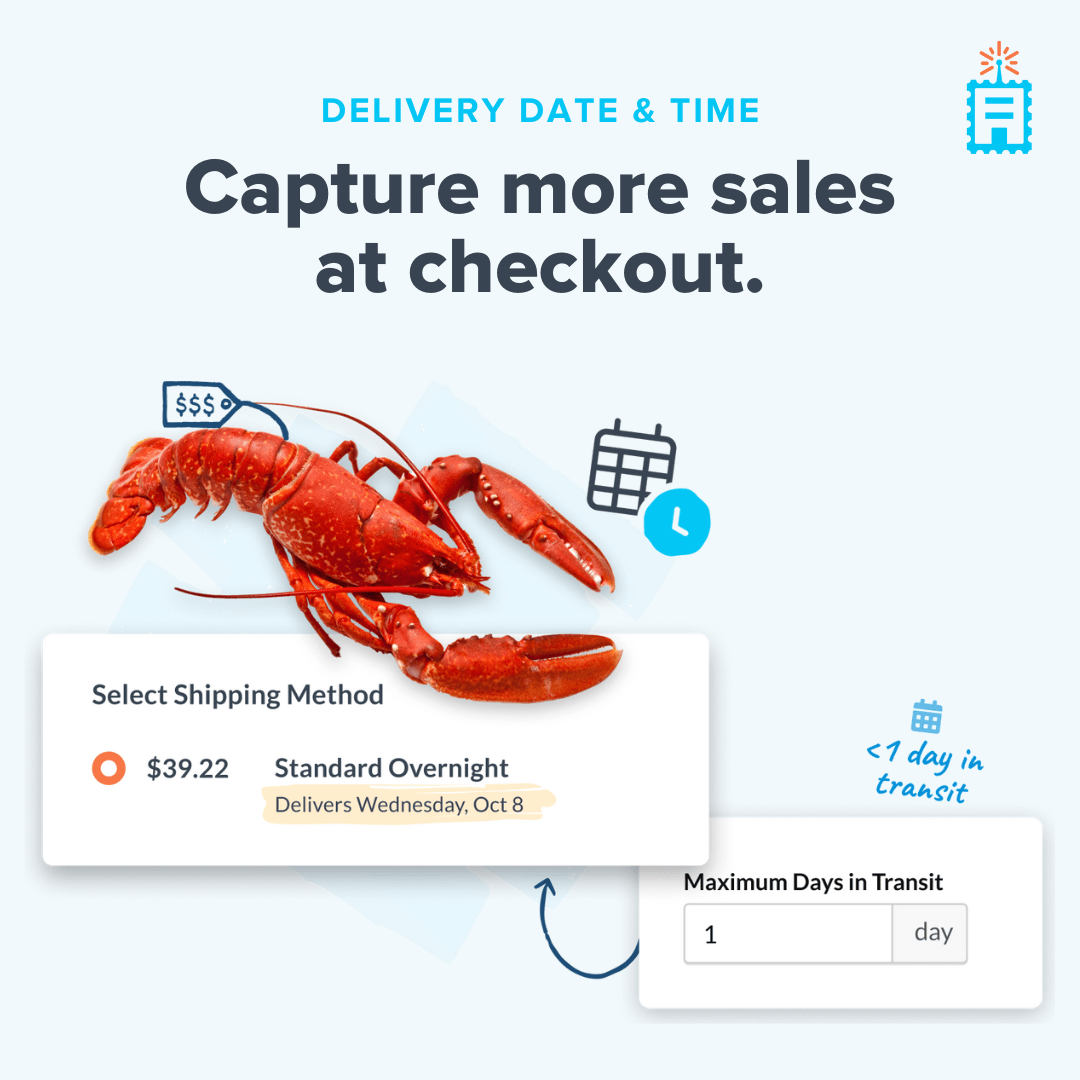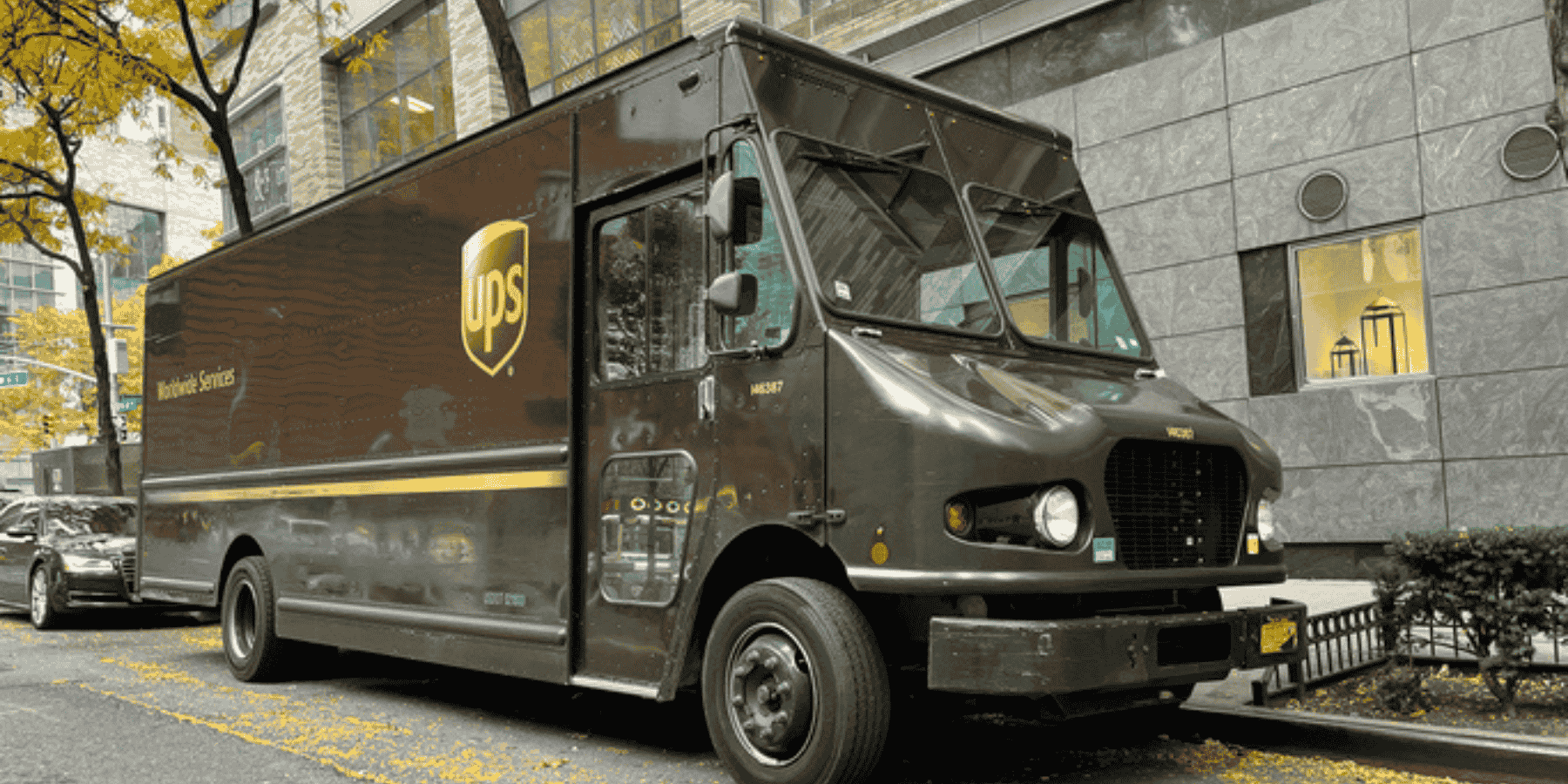Precise delivery date estimates are often the deciding factor in completing a sale. 62% of consumers say an accurate estimated delivery date is more important than fast shipping. When delivery expectations are met, it builds trust, leads to repeat business, and helps shape a seamless customer experience. Yet, many companies struggle to provide accurate delivery dates, leading to unsatisfied customers and missed revenue opportunities.
In this article, we will explore five common pitfalls retailers face when managing delivery promises and how to address them. We’ll highlight solutions that help improve accuracy, increase customer satisfaction, and avoid the risks of broken delivery promises.
- Pitfall #1: Not Accounting for Carrier Delays
- Pitfall #2: Ignoring Warehouse Cutoff Times
- Pitfall #3: Failing to Account for Multiple Warehouses or Fulfillment Centers
- Pitfall #4: Not Considering Holidays and Peak Periods
- Pitfall #5: Offering Inconsistent Delivery Dates Across Channels
- How To Avoid Delivery Date Pitfalls
- Delivering on Your Delivery Date Promises
Pitfall #1: Not Accounting for Carrier Delays
The Issue: Many eCommerce businesses rely solely on carrier estimated transit times, but this often doesn’t reflect real-world conditions. Events like severe weather, labor strikes, or even unexpected high shipping volumes can cause delays.
Consequence: By not factoring in real-time conditions, delivery delays become inevitable. Late shipments lead to frustrated customers, poor reviews, and a negative brand perception. And let’s not forget about the potential lost revenue when customers opt for more reliable competitors.
Pitfall #2: Ignoring Warehouse Cutoff Times
The Issue: Warehouses have specific cutoff times for shipping orders. If an order comes in after a certain time, it won’t be processed until the next day. Many businesses forget to factor these cutoff times into their delivery estimates.
Consequence: Promising delivery dates that don’t consider warehouse processing times lead to delays. For example, an order placed at 5 PM might not ship until the following day, but if you’re still showing the customer an unrealistic “same-day shipping” option, that promise gets broken the moment the order is confirmed.
Pitfall #3: Failing to Account for Multiple Warehouses or Fulfillment Centers
The Issue: Businesses with multiple fulfillment centers often fail to calculate delivery promises based on the actual location from which an order will ship. This leads to inaccurate estimates, especially if the nearest warehouse is out of stock.
Consequence: If your delivery estimates are tied to the wrong warehouse or fulfillment center, you risk giving customers inaccurate dates, leading to confusion and frustration as they wait longer than expected.
Pitfall #4: Not Considering Holidays and Peak Periods
The Issue: Many eCommerce stores overlook national holidays or high-volume periods like Black Friday and Cyber Monday when calculating delivery dates. These peak periods can cause significant delays in shipping and fulfillment.
Consequence: During busy seasons, carriers and warehouses are overwhelmed with orders, resulting in longer delivery times. If merchants don’t adjust their delivery promises accordingly, customers will experience delays and become frustrated with missed deadlines, such as those for gifts or special occasions.
Pitfall #5: Offering Inconsistent Delivery Dates Across Channels
The Issue: If you sell across multiple channels (website, marketplaces, in-store), each platform may show different delivery estimates for the same order. This inconsistency confuses customers and can lead to broken promises when actual delivery times don’t align.
Consequence: Inconsistent delivery dates across channels can confuse customers, eroding trust in your brand. Worse, it might result in overselling your shipping capabilities on one platform, while underdelivering on others.
How To Avoid Delivery Date Pitfalls
Managing accurate delivery dates isn’t just about reducing customer complaints— it’s about optimizing your business processes to meet customer expectations seamlessly. A shipping management platform like ShipperHQ offers advanced tools that enable you to overcome the challenges discussed above. Here’s how you can avoid the delivery date pitfalls:
Real-time Carrier Data: Integrate live shipping rates and transit times directly from your carriers, ensuring your customers get up-to-date delivery estimates.
Multi-origin Support: Automatically determine the best shipping route based on the nearest warehouse or fulfillment center, improving delivery speed and accuracy.
Dynamic Cutoff Times: Easily configure and automate warehouse cutoff times, ensuring accurate delivery dates based on real-time order processing.
Peak Period Adjustments: Adjust lead times so that delivery estimates during busy seasons and national holidays are closer to reality.
Cross-channel Consistency: Maintain consistent delivery dates across all platforms, providing a seamless customer experience no matter where customers are shopping.
Delivering on Your Delivery Date Promises
Precise delivery dates are a vital part of your eCommerce store’s success. By avoiding common pitfalls like ignoring carrier delays or missing warehouse cutoff times, you can reduce customer complaints, improve satisfaction, and ultimately drive more repeat business.
ShipperHQ’s no-code shipping solution enables you to take control of your shipping strategy. Offer precise delivery dates that align with real-world conditions and never disappoint your customers.







